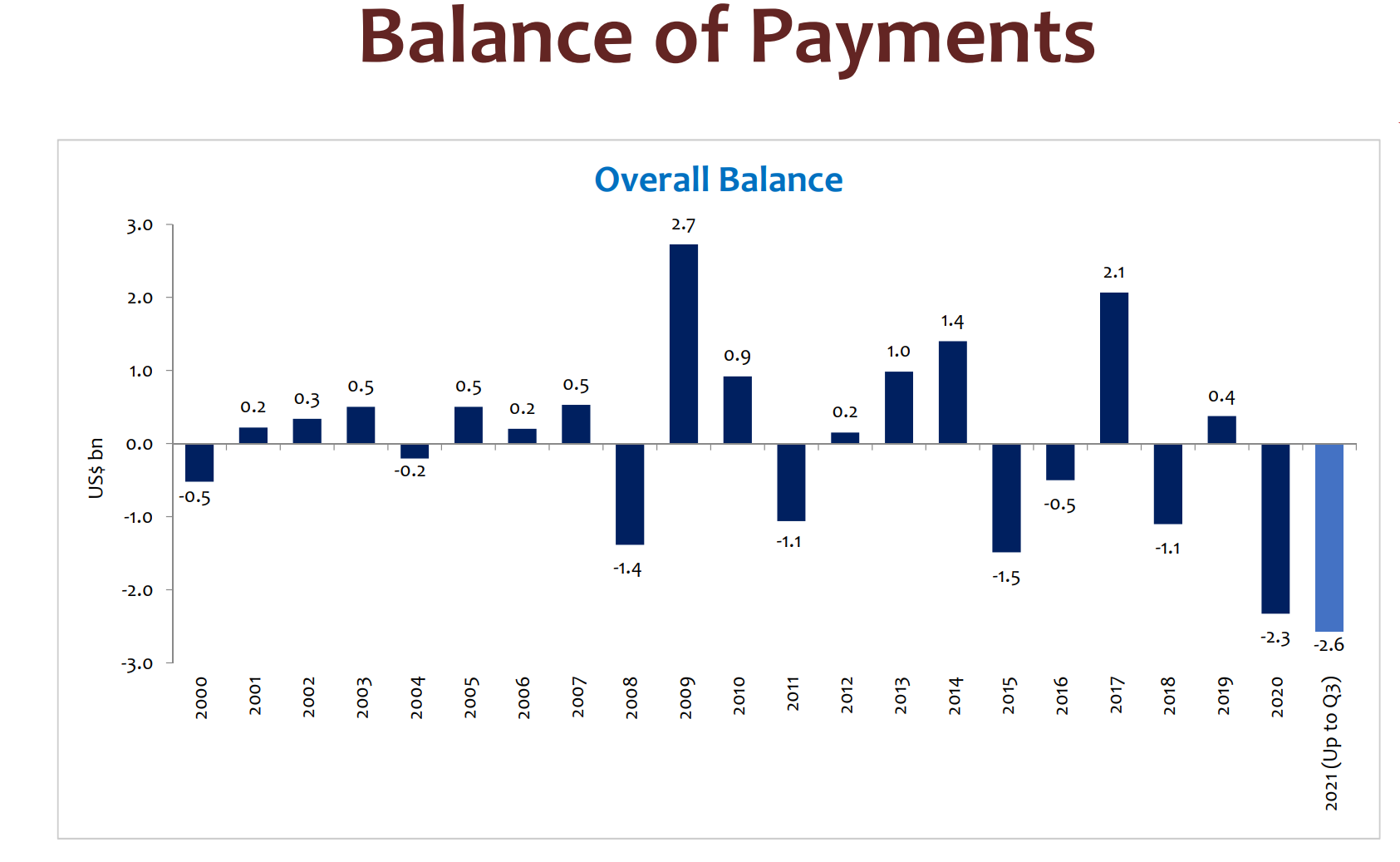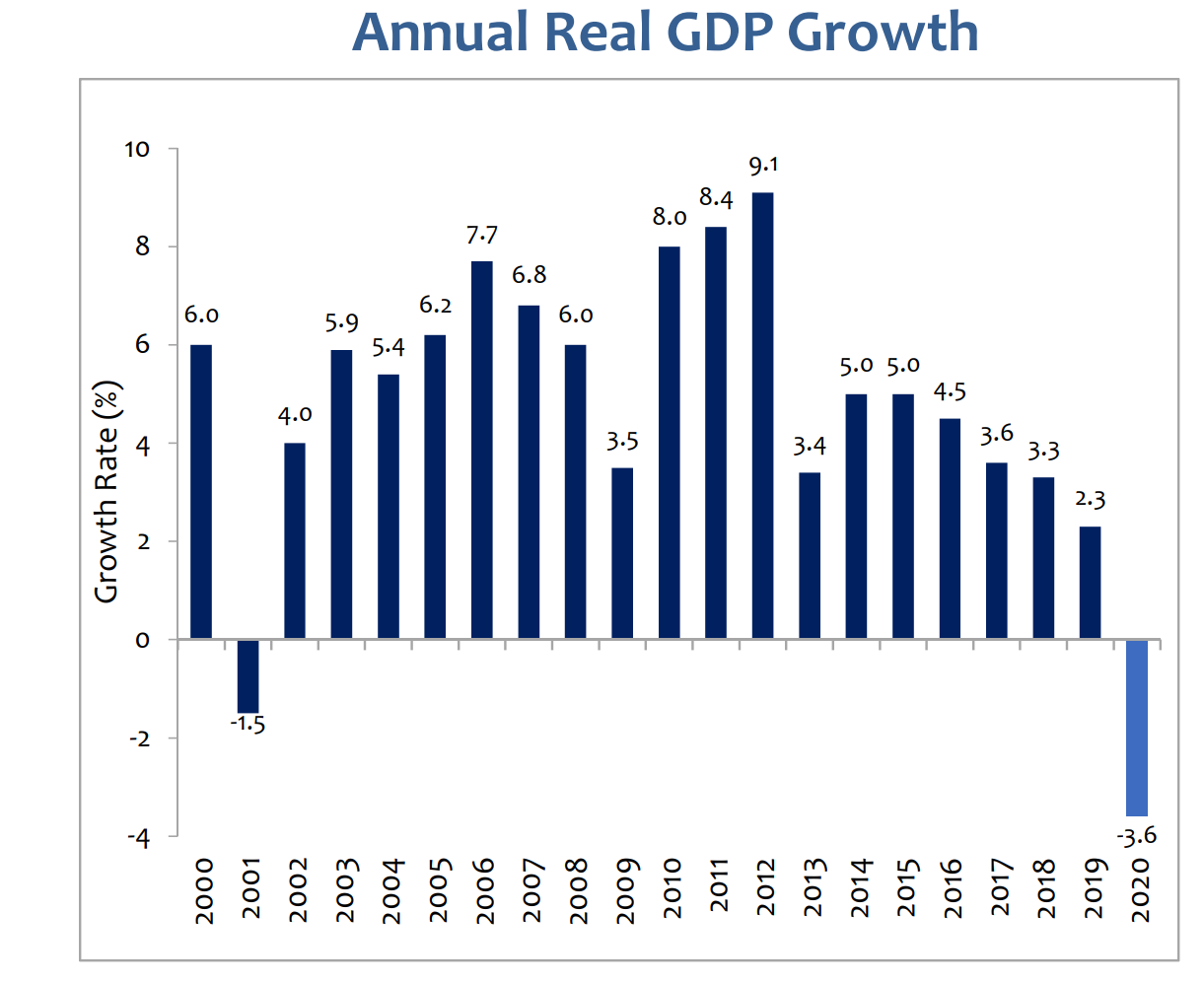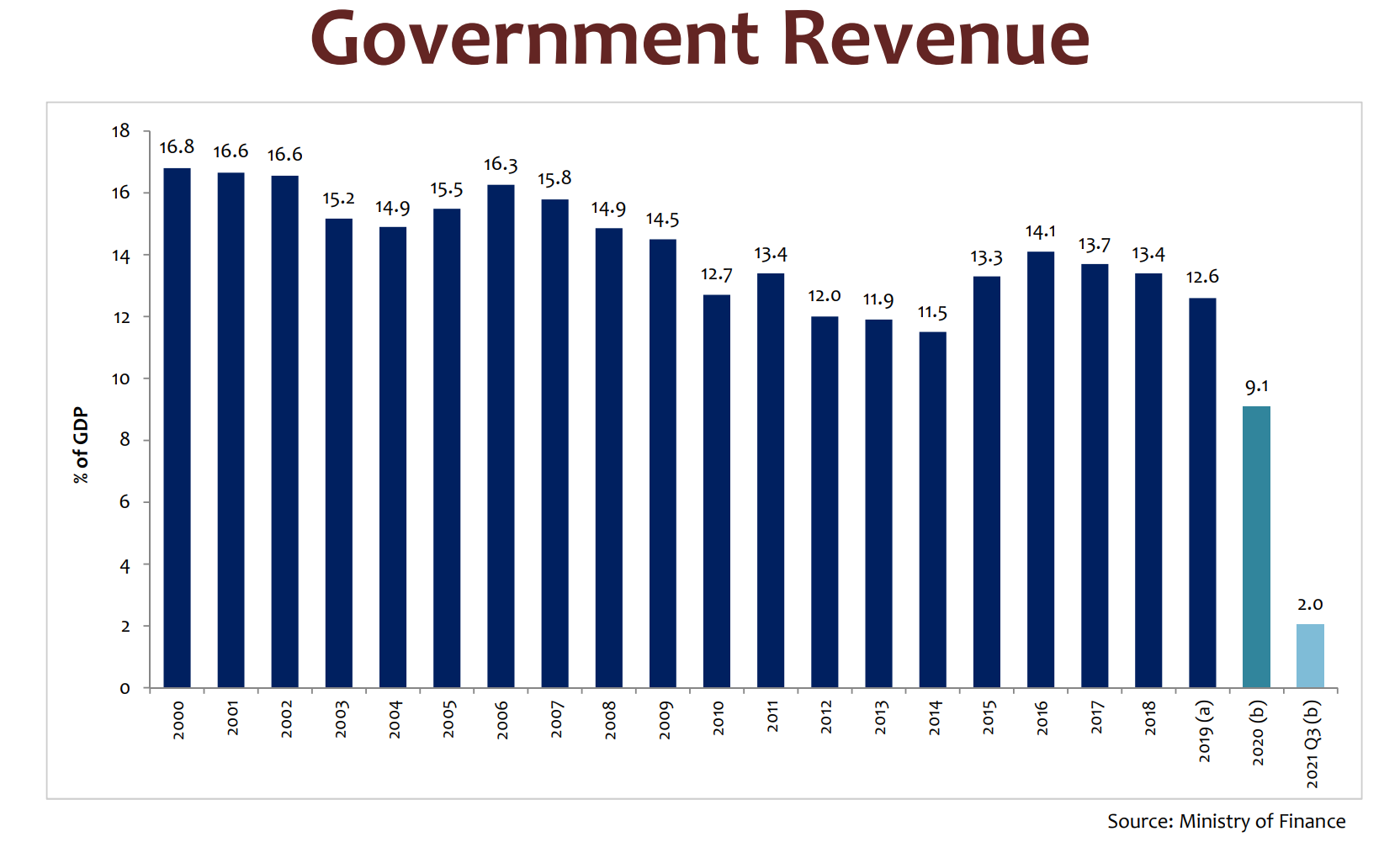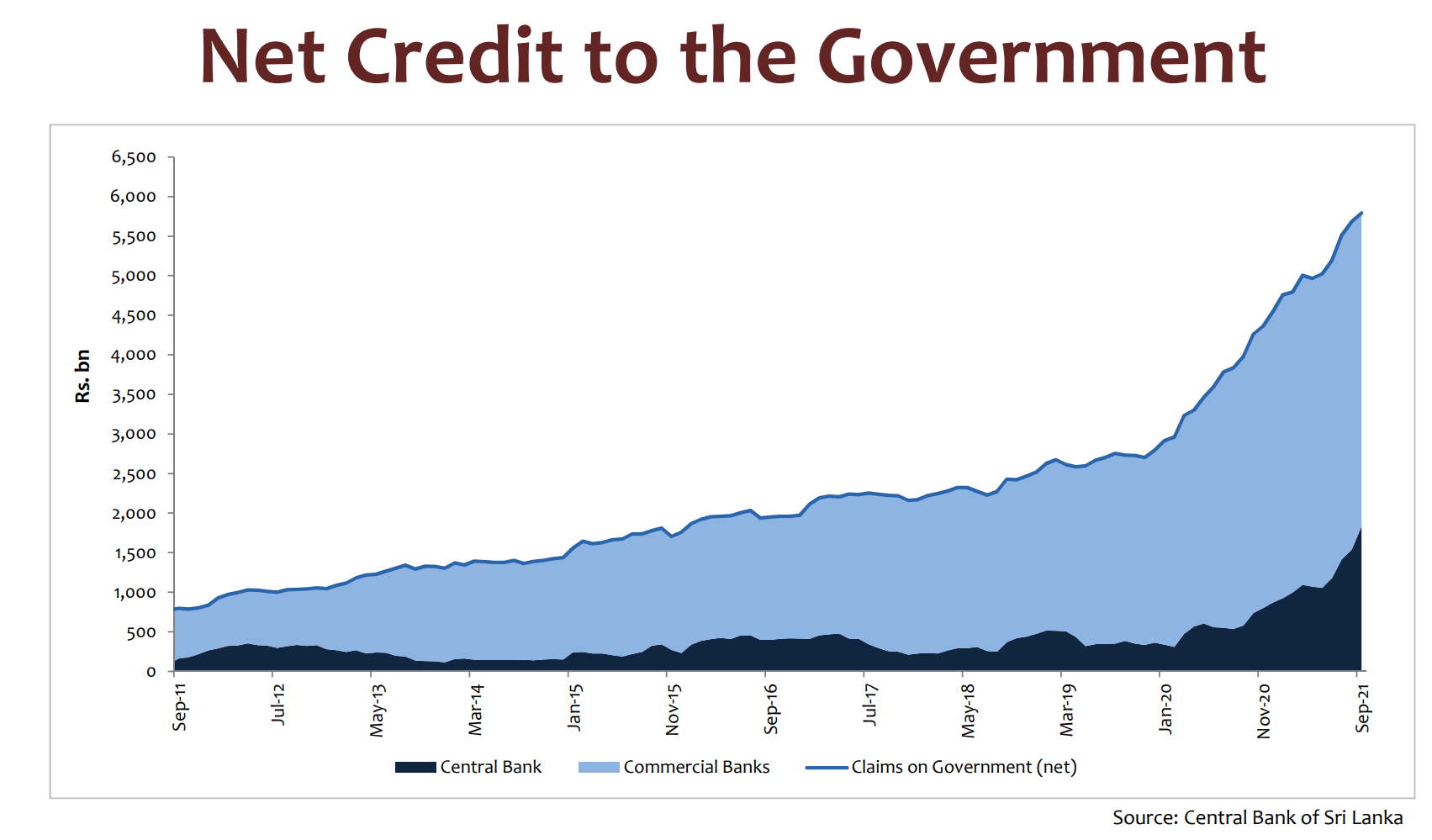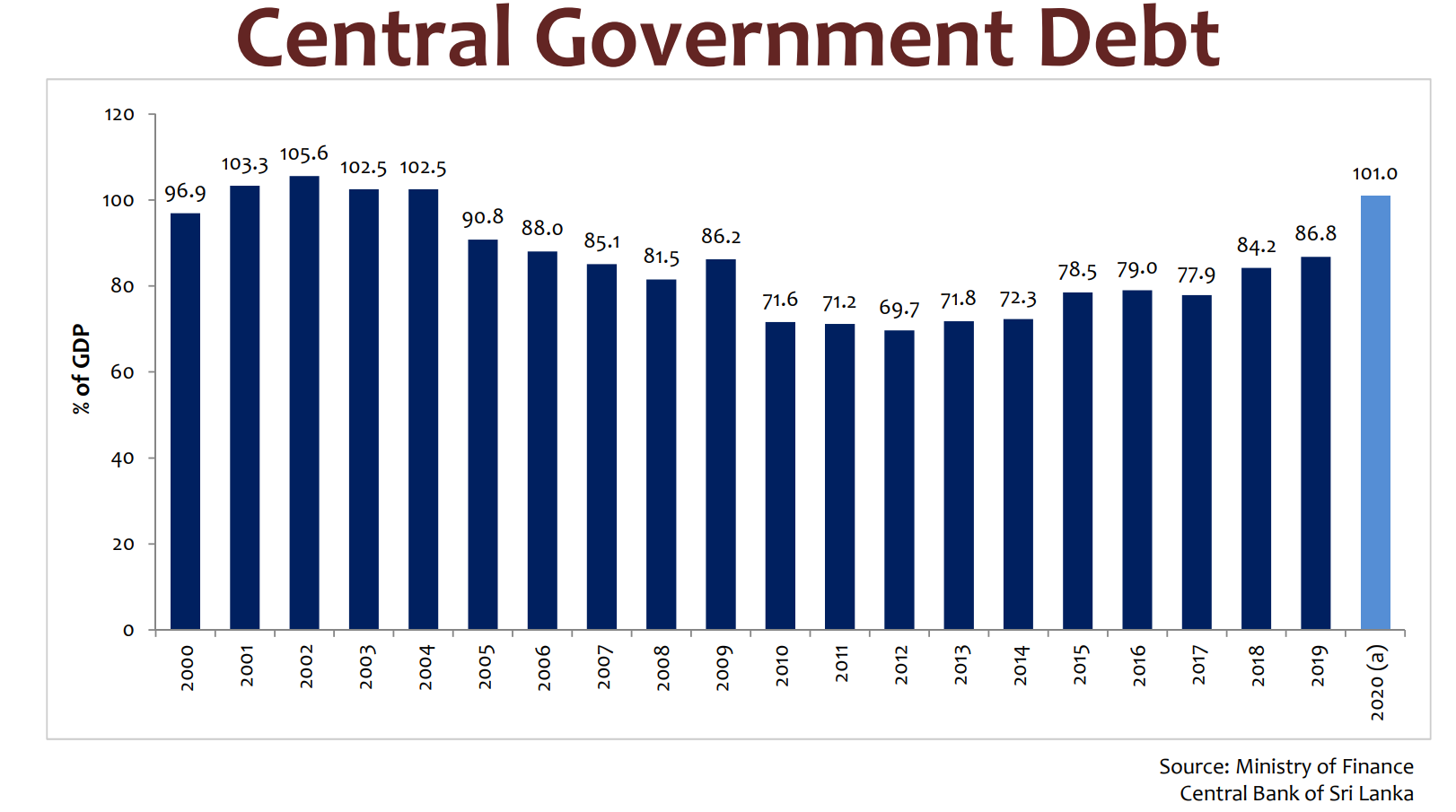“This erring race of human beings dreams always of perfecting their environment by the machinery of government and society; but it is only by the perfection of the soul within that the outer environment can be perfected. What thou art within, that outside thee thou shalt enjoy; no machinery can rescue thee from the law of thy being.”
– Sri Aurobindo (CWSA 12, 468)
At present, we have reached a juncture in human advancement where the world has been undergoing multiple hidden and apparent economic crises for some time now. These crises invariably become exposed the moment we receive any external, unaccounted-for shocks, such as wars, pandemics, general instability etc. While we may artificially engineer ways to camouflage and manage the precarity of our economic systems, yet occasionally, their flaws become all too apparent, despite the fact that all economic logics would have usually been followed.
This is what is visible presently in the case of Sri Lanka. Sri Lanka is presently amid an unprecedented economic crisis. This is the first time that the country has defaulted on its nearly $50 billion foreign debt since it gained independence in 1948. The economic crisis has led to a political, social and livelihood crisis across the country, marked by severe shortages of food and fuel, the collapse of basic services and supply chains and immense psychological suffering and political instability.
Perpetual State of Economic Trouble
The reasons for the Sri Lankan economic crisis are not unique. No country has a perfect Balance of Payments accounts and most of the countries run high debt-to-GDP ratios. However, Sri Lanka has been afflicted by a combination of economic mismanagement and series of unforeseen setbacks in the form of changes unleashed by the COVID19 pandemic. The same setbacks have struck many more countries, but Sri Lanka’s low state capacity and the non-resilience of the economy to respond to these setbacks enabled the sinking of country’s already precarious ship.
The roots of the country’s economic precarity can be traced to the time the country became independent of the British rule in 1948. After Independence, Sri Lanka was amongst the most promising and favourably positioned Asian economies. Its location as a part of the Indian Ocean Region made it a thriving trade centre since times immemorial. From its British colonizers, the country had inherited a stable economy and a prosperous export industry. Its export-driven plantation sector was dominated by cash crops like tea, rubber and coconut, which brought in around 90% of its foreign earnings. It also had advanced socio-economic indicators in terms of education, health and overall human development and decent per capita income.
The bulk of the earnings from the country’s foreign exchange were used for importing food, and taxation of the plantation sector exports helped run the welfare state in Sri Lanka. Rice – which Sri Lanka used to import in part, but in which it had, over time, gained self-sufficiency – was also used for the government’s subsidy programme. Till date, Sri Lanka’s economic fortunes have continued to be tied to the export of primary commodities such as tea and rubber, and garments. It mobilizes foreign exchange reserves through primary commodity exports, tourism and remittances, and uses it to import essential consumption items including food (Ramakumar 2022).
Whenever there was a decline in exports, the country – instead of preferring devaluation or expenditure reduction – used to go in for short-term import curbs. Over time, this ended up protecting particular industries and firms, leading to incapacity and non-competitiveness in the economy.
The government also could not successfully convert export earnings into investment in other sectors of the economy, and much of it went into consumption (Kelegama 2000). The country’s dependence on a few primary commodities meant that every time exports would come under pressure, the economy would face a renewed foreign exchange and balance of payment crisis. Thus, after 1960s, the economy was not able to maintain a robust momentum and increasingly began to face frequent crises.
After 1956, the country faced one of its initial major crises of worsening of foreign exchange reserves. Thereafter, throughout this period till the mid-1960s, the government went in for heavy state control of the economy, leading to economic isolation from external markets, nationalization and import substitution-based industrial system. This led to constraints on imports, thereby leading to a crisis of developing a means of earning, as the export industry and import substitution industries continued to be heavily dependent on imported intermediate goods.
During 1965-70, the government went for partial liberalization of the economy, which eased some pressure on earnings and domestic food consumption demands, and also increased the rate of economic growth from 3.6% (1960-65) to 5.2% (966-70). However, this did not enhance export earnings much to bring the economy out of the balance of payments crisis. As a result, it again returned to the path of import substitution in agriculture and advanced protectionist measures under the Leftist government, which perceived liberal policies as being wasteful and again curtailed imports. In 1977, the country – after securing loan from the International Monetary Fund (IMF) – went in for liberalization of the economy.
Present Crisis – A Continuation of Past Trends
Thus, after 1965, the country has repeatedly faced balance of payments crises. Since 1965, the country has obtained 16 loans from the International Monetary Fund (IMF). These loans were usually accompanied by the conditions that the country would reduce its budget deficit, maintain a tight monetary policy, cut government subsidies for food, and depreciate the currency to make exports more competitive (Ramakumar 2022). However, during periods of economic downturn, the country had to spend more, especially to sustain domestic consumption, and it kept soaking up more and more external debt from IMF and other sources. The last IMF loan to Sri Lanka was in 2016, at USD 1.5 billion for three years from 2016 to 2019 (Ramakumar 2022).
Since 2005 – and especially after 2009 – the country has followed a policy of developing the war-ravaged economy by investing in domestic production rather than focusing on exports. In 2009, the country had just secured a $2.6 billion IMF loan. Further, due to pent-up demand in the aftermath of the civil war, the Sri Lankan economy recorded high growth rates averaging 8-9% per annum between 2009 and 2012.
However, the economy began to undergo a downturn after 2013 and the growth rate almost halved, due to fall in global commodity prices, exports slow-down and rise in imports. The country approached IMF for another loan of $1.5 billion in 2016 for a three-year period till 2019.
As former Deputy Governor of the Central Bank of Sri Lanka, W.A. Wijewardena, points out, there was a “decline of exports relative to the growth in the Gross Domestic Product (GDP). Accordingly, exports which had accounted for 26 per cent of GDP in 2005 fell to 15 per cent by 2010 and further to 13 per cent in 2015. This ratio remained at this level since then and in 2020 it amounted to 12 per cent. Meanwhile, since the domestic economy could not create the demand that could stimulate growth, the real economic growth began to fall from 9 per cent in 2012 to 2.3 per cent in 2019. In 2020, hit by the Covid-19 pandemic, the economy contracted by 3.6 per cent” (Wijewardena 2022).
Thus, the post-2016 period was a period when the country faced another economic downturn, with a fall in growth, investments, savings and revenues. Many are blaming a part of the crisis on ‘debt-trap’ owing to China’s projects in the country. However, loans from China accounted for only about 10% of Sri Lanka’s total foreign debt in 2020. Although here it must be mentioned that this ‘10%’ figure covers only loans and no other forms of myriad Chinese investments in Sri Lanka which have been substantial and also largely non-performing.
They have been made in exchange for ‘political kickbacks’ and have suffered from a lack of transparency. They have also failed to generate the kind of local employment or revenue expected of them to justify the debt, often compelling the Sri Lankan government to default and thereby surrender strategically located townships and ports to China or lease substantial amounts of land to China, thereby giving the latter powerful control over its territory in exchange for ‘investments’ (Chowdhury 2022).
However, if we only look at loans, then the largest portion of loans owed by Sri Lanka can be attributed to international sovereign bonds and private international market borrowings. Since the 2000s, Sri Lanka has increasingly been borrowing from private international capital markets through the issuance of international sovereign bonds.
These borrowings are marked by high interest rates and short duration of repayments (Narayanan 2022). This has also seriously contributed to a precarious balance of payments account.
This situation was further exacerbated by a series of unforeseen events – Easter bombings and COVID19 pandemic – and by deliberate policy decisions gone wrong.
In 2019, the Easter bombings in the country led to a sharp fall in tourism – by almost 70-80% – thereby further adversely impacting the economy (Business Insider 2019). The pandemic caused tourism revenues to fall from $7.5 billion in 2019 to $2.8 billion in 2021 (Subramanian 2022). It could have recovered after the government began lifting vaccine-related COVID19 restrictions on foreign travel, but then the Russia-Ukraine war happened, which was another damage to tourism, as nearly 25% of tourists in Sri Lanka are from these two countries and Belarus (Gupta 2022).[1] Furthermore, the war has had other impacts on Sri Lanka as well, as the country imports 45% of its wheat, more than half of its soybeans, sunflower oil, peas and asbestos from Russia and Ukraine, while these two countries are major importers of Sri Lankan tea (Subramanian 2022).
The new government of the Rajapaksas that came to power after the Easter bombings further exacerbated the economic conditions with a series of policy decisions that did not bode well, especially in the context of the COVID19 pandemic which in itself was another major shock to the economic health of Sri Lanka, costing about 4% of the country GDP (Wijewardena 2022).
[1] However, tourism factor cannot be over-emphasized, as tourism brings about a gross income of $4 billion annually adding a domestic value amounting to about 20-30%. Hence, its contribution to real GDP stands at about 1.5% (Wijewardena 2022).
These decisions were as follows:
First, one of the major misplaced steps of the government was to reduce taxes, thereby leading to a sharp fall in government revenues. Value-added tax rates were cut from 15% to 8%. Other indirect taxes such as the nation building tax, the pay-as-you-earn tax and economic service charges were abolished. Corporate tax rates were reduced from 28% to 24%. About 2% of the gross domestic product was lost in revenues because of these tax cuts (Ramakumar 2022). The tax cuts reduced the number of registered taxpayers in the country by 35%, leading to credit rating downgrades (Subramanian 2022).
All this was based on the backfired assumption that lower tax rates would lead to more economic activity and consumer expenditure. However, COVID19 pandemic and the ensuing lockdowns completely disrupted this process. The massive tax cuts resulted in a loss of revenue of about USD 500 billion or 4% of the GDP annually.
Second, after the COVID19 pandemic and already dwindling forex earnings in the wake of the 2019 bombings, the Rajapaksa government – in order to prevent the further drain of foreign exchange – attempted to control imports. This was done by completely banning imports of chemical fertilizers and announcing a sudden shift towards organic farming, declaring Sri Lanka a 100% organic farming nation. This step dealt a severe blow to food production in the country. It led to lower agricultural yields and the exports of agricultural products – such as tea and rubber – became unviable due to their lower yields. Tea – a major export commodity – used to contribute 16.5% of the total export income. After the shift to organic farming, this was no longer the case.
The step necessitated further imports in order to meet the impending food shortage, but due to lower export income there was shortage of funds to meet the imports, thus worsening the food shortage and leading to food inflation (whose rate has presently touched 30%).
Thus, instead of preventing the outflow of foreign exchange – as the government had intended – banning imports and shifting to organic farming led to the opposite result. As a result, in November 2021, the government had to reverse this policy decision. By that time, the country had lost nearly 50% of its agricultural capacity (Subramanian 2022).
It must be mentioned here that while the shift towards organic farming is, in itself, a commendable and much-needed goal, yet the manner in which this was implemented and the strained conditions under which this was undertaken, proved to be too costly for the country’s already precarious economic situation. Instead of implementing it over a time-period, the sudden unplanned shift greatly cost the economy. Lower yields in agricultural production of tea and other commodities cost the economy USD 425 million (Gupta 2022). The result was so bad that the country – which had become self-reliant in rice production – ended up importing even rice within six months.
Other areas of import ban – for the purpose of saving forex reserves – also cost the country and had the opposite effect. Besides exporting tea, coconut and other products, Sri Lanka has also become a garment manufacturer and exporter in recent decades. Banning imports that affected apparel manufacturing led to an adverse impact on manufacturing industries as well, as the country imports even the most basic items like buttons for garments.
Thus, in various sectors, inability to import raw materials has cost the country its export industry as well, besides precipitating the food crisis.
A Self-Defeating Cycle
These policy backfires resulting from the government’s calculations – however well-intentioned – led to a rise in government borrowings from the Central Bank and the commercial banks in unprecedented amounts. Such borrowings shot up dramatically by Rs 4.2 trillion or 173% between December 2019 to December 2021. The result was the increase in the money stock – due to printing of money – by Rs 3 trillion or 40%.
This caused, both, a fall in foreign exchange reserves and a rapid rise in inflation. Reserves fell from USD 7.6 billion in December 2019 to USD 2.3 billion at end-February 2022. Of this USD 2.3 billion, when illiquid balances and a currency swap facility (in Yuan) from China (amounting to $1.6 billion) are removed, the usable foreign exchange balances are reduced to only USD 400 million (Wijewardena 2022).
The government debt is also at an all-time high, reaching 101% of the GDP by 2020. Presently, it is estimated to be 119% of the GDP.
India Steps Up
Throughout the Sri Lankan economic crisis, India has played an active role in providing help to Sri Lanka. India could not simply let her neighbour collapse in poverty and hunger. India has provided $2 billion and may lend an additional $1.5 billion for imports. It has also sent 65,000 tonnes of fertilizer and 400,000 tonnes of fuel, with fuel shipments continuing throughout the month of May 2022. India has also sent constant medical supplies to Sri Lanka.
The continuous Indian help to the country – along with the resignation of the pro-China Rajapaksa Prime Minister – has helped to gradually create an atmosphere of goodwill for India amongst the people of Sri Lanka. For many decades, due to the civil war and later due to China’s involvement in Lankan affairs, there was a tendency in Lankan political circles to view India suspiciously as a villain. Even the majority Sinhalese population – including spiritual preceptors like monks – have always resisted any signs of ‘Indian influence’. But the pro-active Indian role in the present crisis has considerably changed this perception.
The crisis has also – due to political backlash against the Rajapaksa regime – helped to dilute the Sinhala-Tamil hostility and unite people, even if briefly, in this hour of common national suffering.
Furthermore, the Indian aid has, in the atmosphere of trust created, helped secure India some of its economic interests in Sri Lanka. Thus, India has secured an agreement which allows the Indian Oil Corporation to share ownership of the British-built Trincomalee oil tank farm. This was pending since almost the last 35 years, since the Rajiv Gandhi government.
India also aims to develop a 100MW power plant near Trincomalee. This will give India further access to one of the best such facilities in the world. In the past year, India’s Adani group has been given a license to develop and operate a port terminal in Colombo. This will be the first Indian-owned-and-operated terminal within the Colombo port complex and will be the South Asia’s largest.
Furthermore, in recent times, under Indian pressure, Sri Lanka cancelled a Chinese company’s license to build a micro electricity grid close to India. Another critical recent development was the agreement between India and Sri Lanka to establish a joint Maritime Rescue Coordination Center (MRCC), which will strengthen Sri Lanka’s disaster management capability, besides deepening the cooperation between the two countries’ navies and security apparatuses.
In contrast to Indian help, China has failed to offer fresh loans or any significant aid to Sri Lanka in this hour of economic crisis. With its engagement with China, Japan and even IMF now limited, Sri Lanka is now left with only India as a full-fledged ally (Wijewardene and Fernando 2022).
All these developments leading to securing India’s economic foothold and military interests by maintaining good relations with Sri Lanka is vital to India’s emerging role as a power in the Indo-Pacific region and is an important part of its profile as a member of the Quad grouping.
Conclusion
The Sri Lankan economic crisis has mainly been a product of historical economic disadvantage, natural adverse factors, and misguided governmental policies. The inability and incapacity of the economy to respond adequately to these challenges has resulted in the precipitation of this crisis.
The crisis exposes the defects in the machinery that governs the modern economy. This machinery is based on superficial technical prescriptions about managing supply and demand or even giving market forces a free hand – both of which often fail to account for the imperfections and selfishness of human nature and the disasters it creates. Economics might dismiss these factors as externalities, but increasingly, under the unfolding conditions of the world, they have begun to play a major role.
In its initial years after Independence, Sri Lanka was hailed by all as a modern, successful economy in line with the liberalization consensus forged by the Western economic institutions. It toed the line of Western liberal thought of free trade and liberal assumptions of comparative advantage. Its subsequent failure to develop its domestic economic capabilities has left the economic system stranded and highly dependent on external factors.
The Sri Lankan case shows that sound economic management cannot be based on textbook prescriptions or cause-and-effect logic. Logic has limited role in the movement of the Time Spirit. All such logic fails when massive world changes take place – as is happening at present – and economy is but a small cog in the wheel of such changes. Majority of these changes are happening due to the crumbling effects of the utilitarian system – disguised under liberalism – that has governed the world since the 19th century. This utilitarian spirit has worked like a canker which leaves the outside appearance of a fruit practically unscathed even while eating the core – and its effects are now becoming visible and palpable even to the masses.
These can be seen in the form of rising wars, global pandemics and general all-round precarity. As far as the economy is concerned – were the precarious foundations of speculative financial consensus to collapse tomorrow, the economies of other big countries might be little better than Sri Lanka’s.
Bibliography
Business Insider. 2019. Business Insider. May 16. Accessed May 20, 2022. https://www.businessinsider.com/lonely-planets-top-destination-suffers-a-blow-after-blasts-2019-5?IR=T#:%7E:text=Sri%20Lanka%2C%20Lonely%20Planet’s%20best,killed%20more%20than%20250%20people.
Chowdhury, Akash. 2022. Observer Research Foundation. June 1. Accessed June 2, 2022. https://www.orfonline.org/expert-speak/the-sri-lanka-economic-crisis-indias-response/.
Gupta, Ravi Kumar. 2022. The Pioneer. April 12. Accessed May 18, 2022. https://www.dailypioneer.com/2022/columnists/causes-of-sri-lankan-economic-crisis.html.
Kelegama, Saman. 2000. “Development in Independent Sri Lanka: What Went Wrong?” Economic and Political Weekly 1477-90.
Narayanan, K. 2022. DW. April 14. Accessed May 20, 2022. https://www.dw.com/en/sri-lankas-foreign-debt-default-why-the-island-nation-went-under/a-61475596.
Ramakumar, R. 2022. The Conversation. April 13. Accessed May 17, 2022. https://theconversation.com/whats-happening-in-sri-lanka-and-how-did-the-economic-crisis-start-181060.
—. 2022. The Hindu. March 31. Accessed May 21, 2022. https://www.thehindu.com/opinion/op-ed/explaining-sri-lankas-economic-crisis/article65275579.ece.
Subramanian, Lakshmi. 2022. The Week. March 27. Accessed May 10, 2022. https://www.theweek.in/theweek/cover/2022/03/24/sri-lanka-on-the-brink-of-bankruptcy-after-worst-economic-crisis-in-history.amp.html.
Wijewardena, W.A. 2022. Deccan Herald. March 27. Accessed May 12, 2022. https://www.deccanherald.com/opinion/sri-lanka-economic-crisis-the-way-out-wont-be-painless-1095042.html.
Wijewardene, R., and Y. Fernando. 2022. Quartz India. May 16. Accessed June 1, 2022. https://qz.com/india/2165951/india-helps-crisis-hit-sri-lanka-and-gains-much/.


